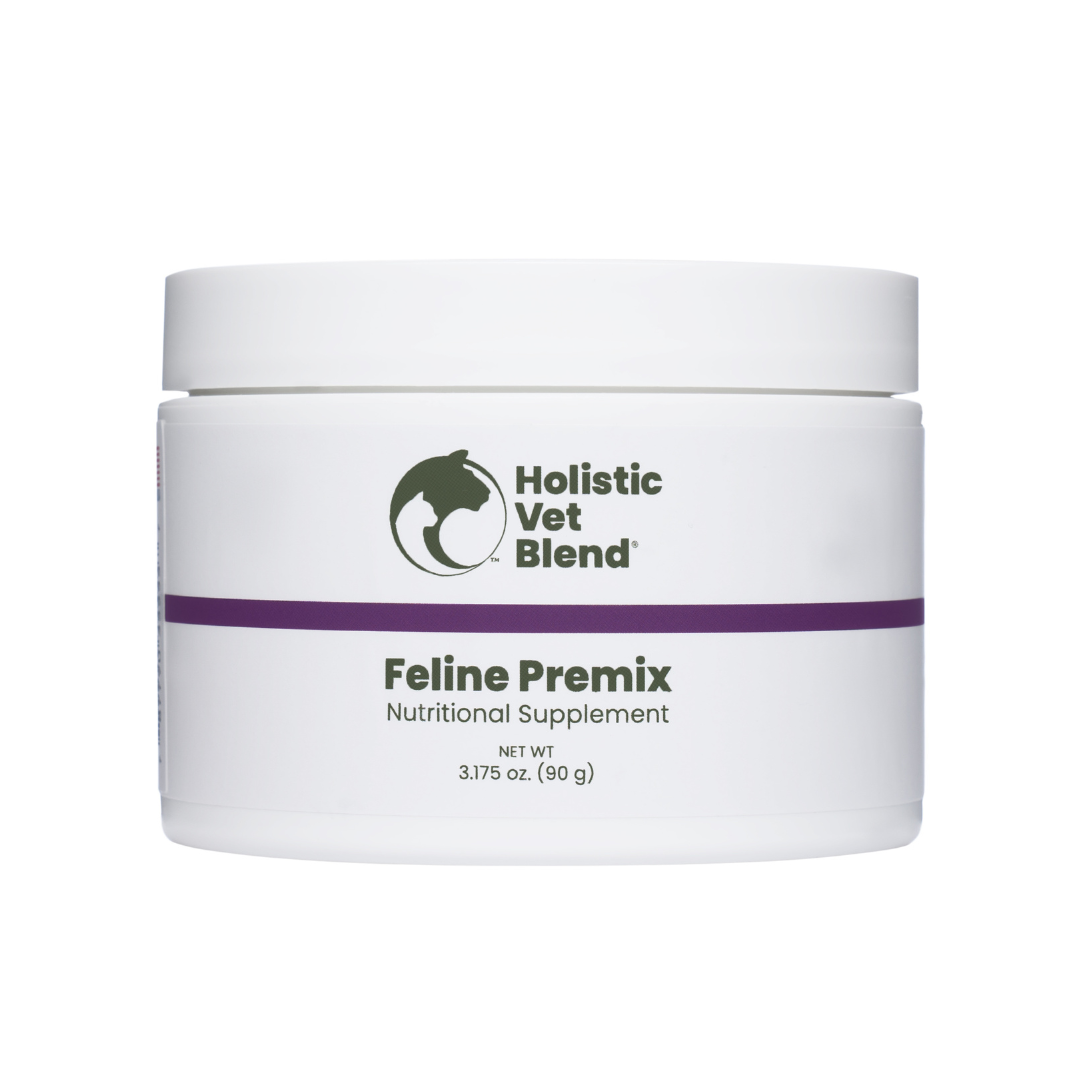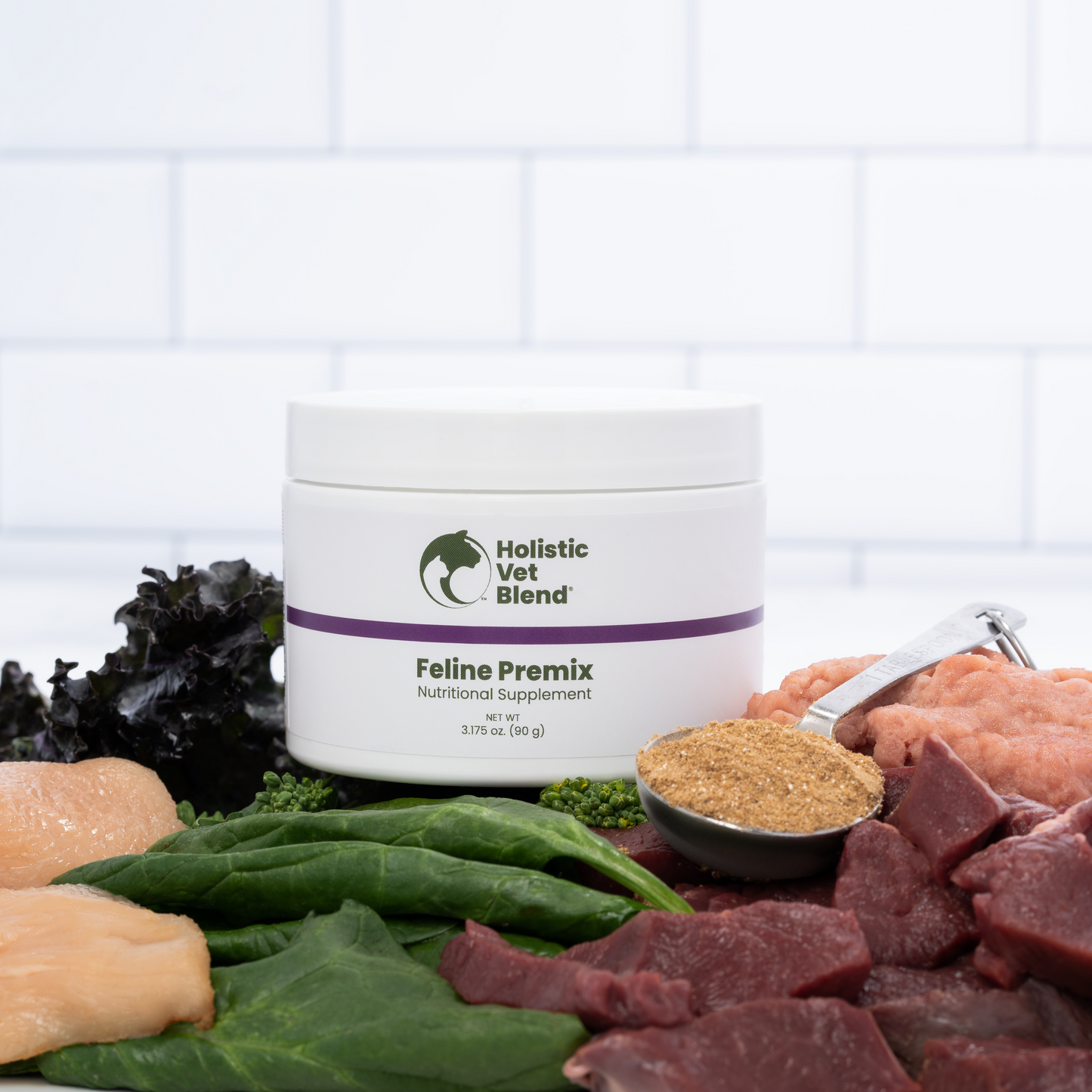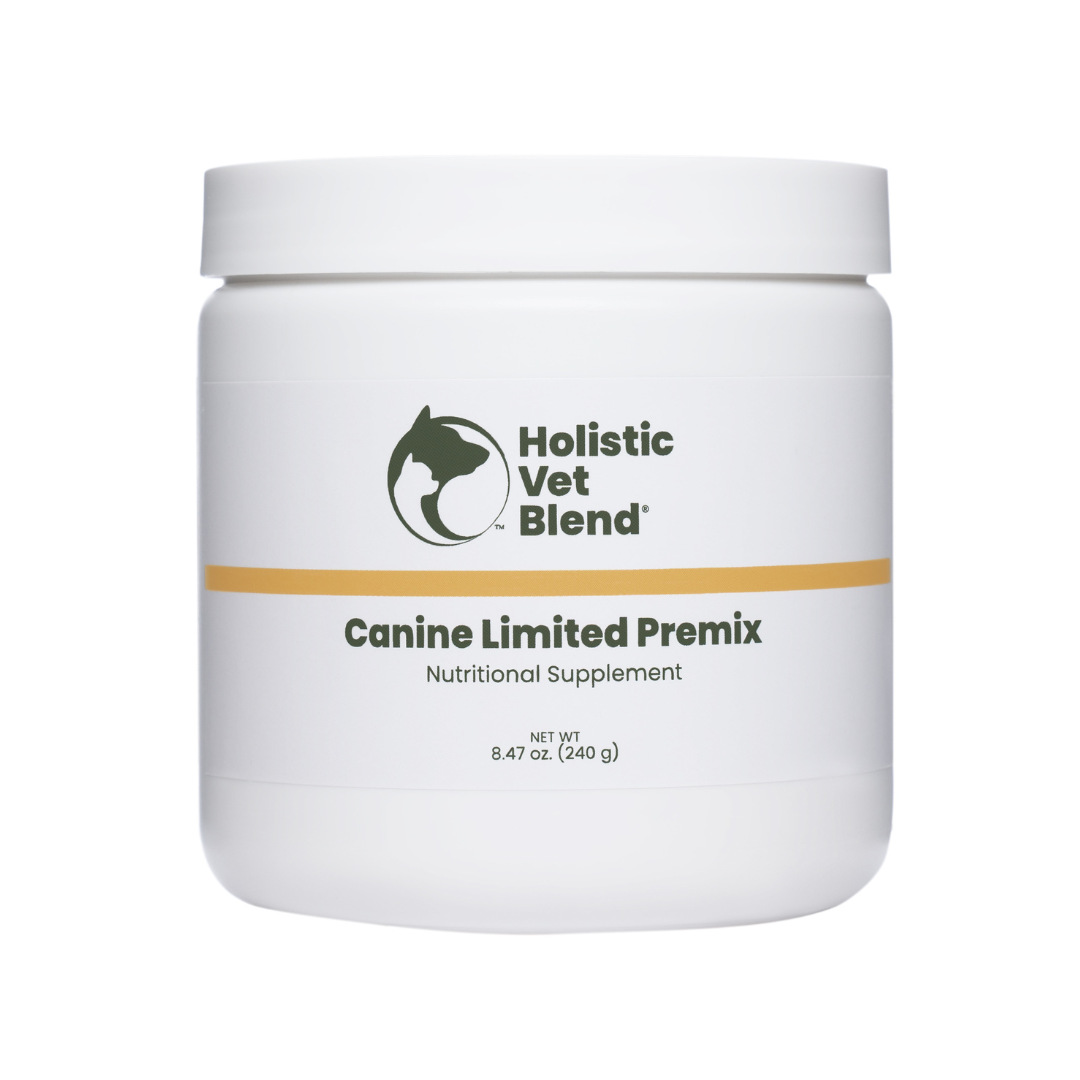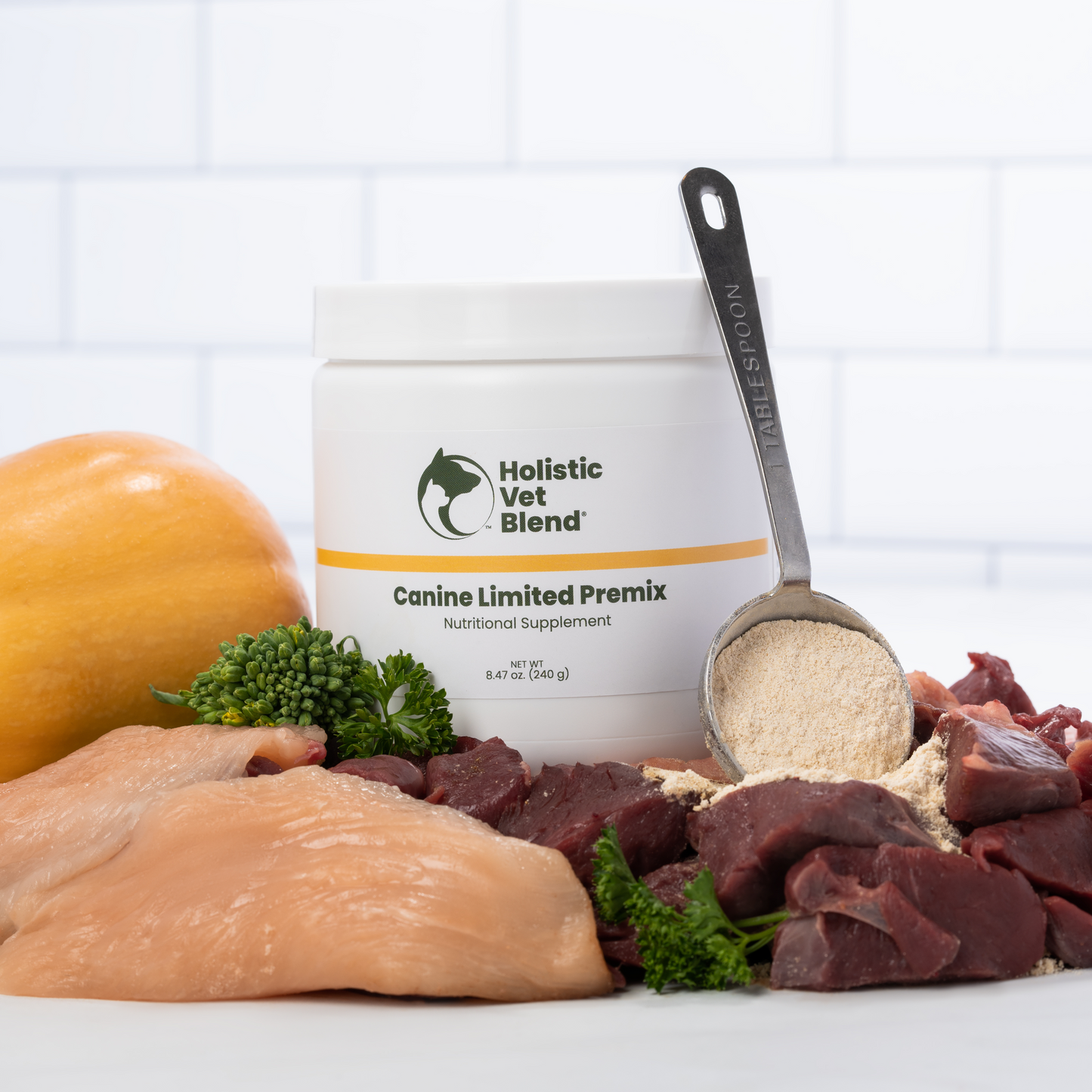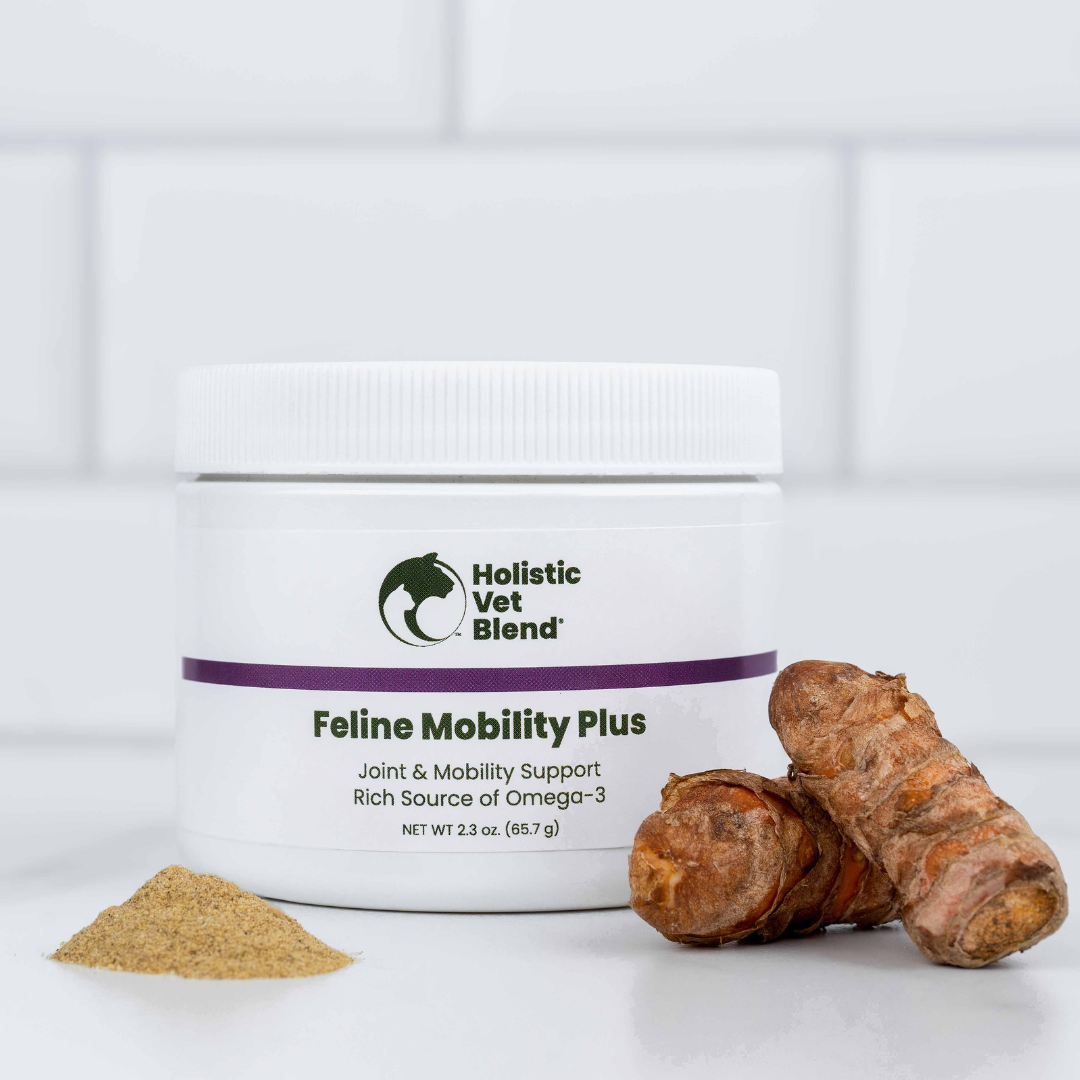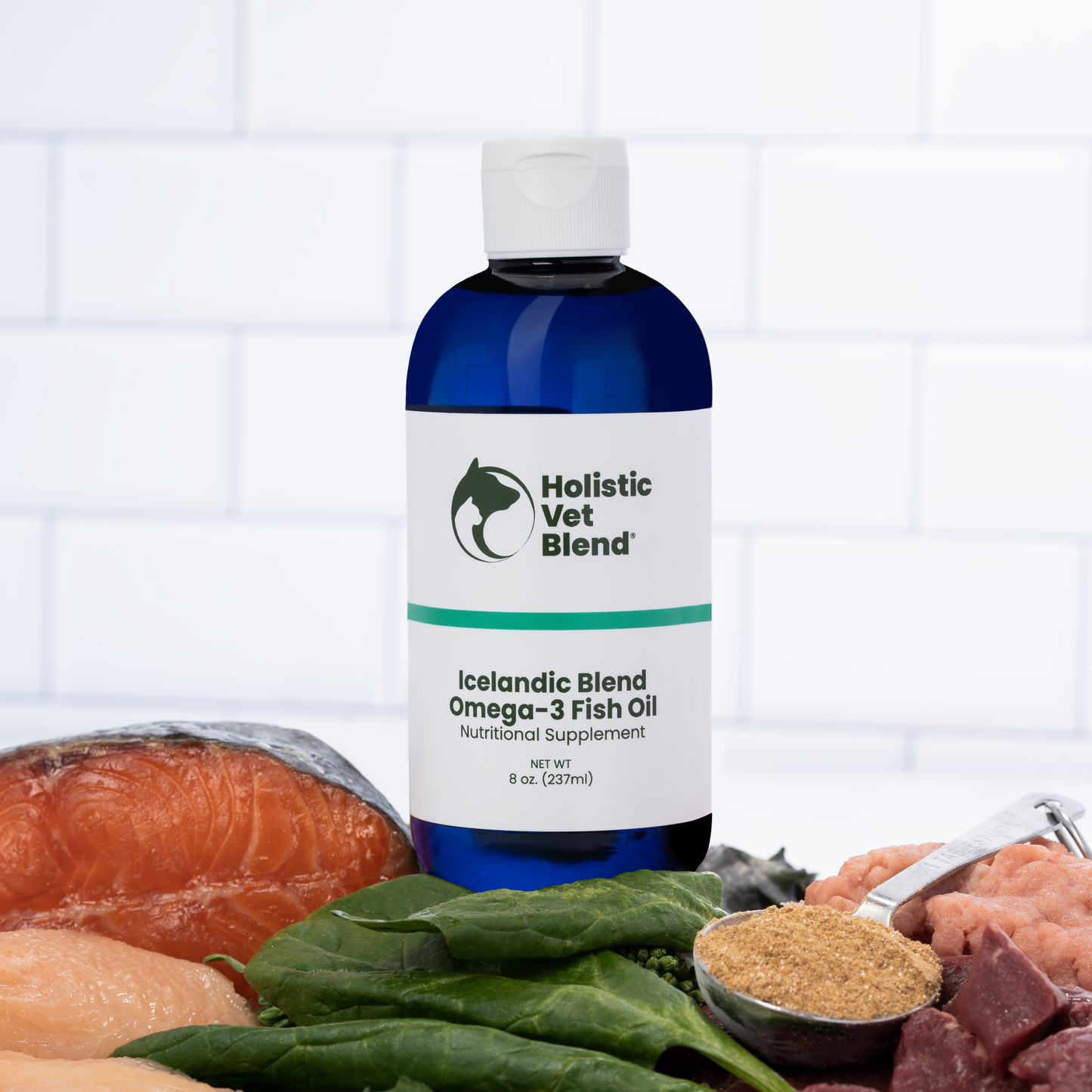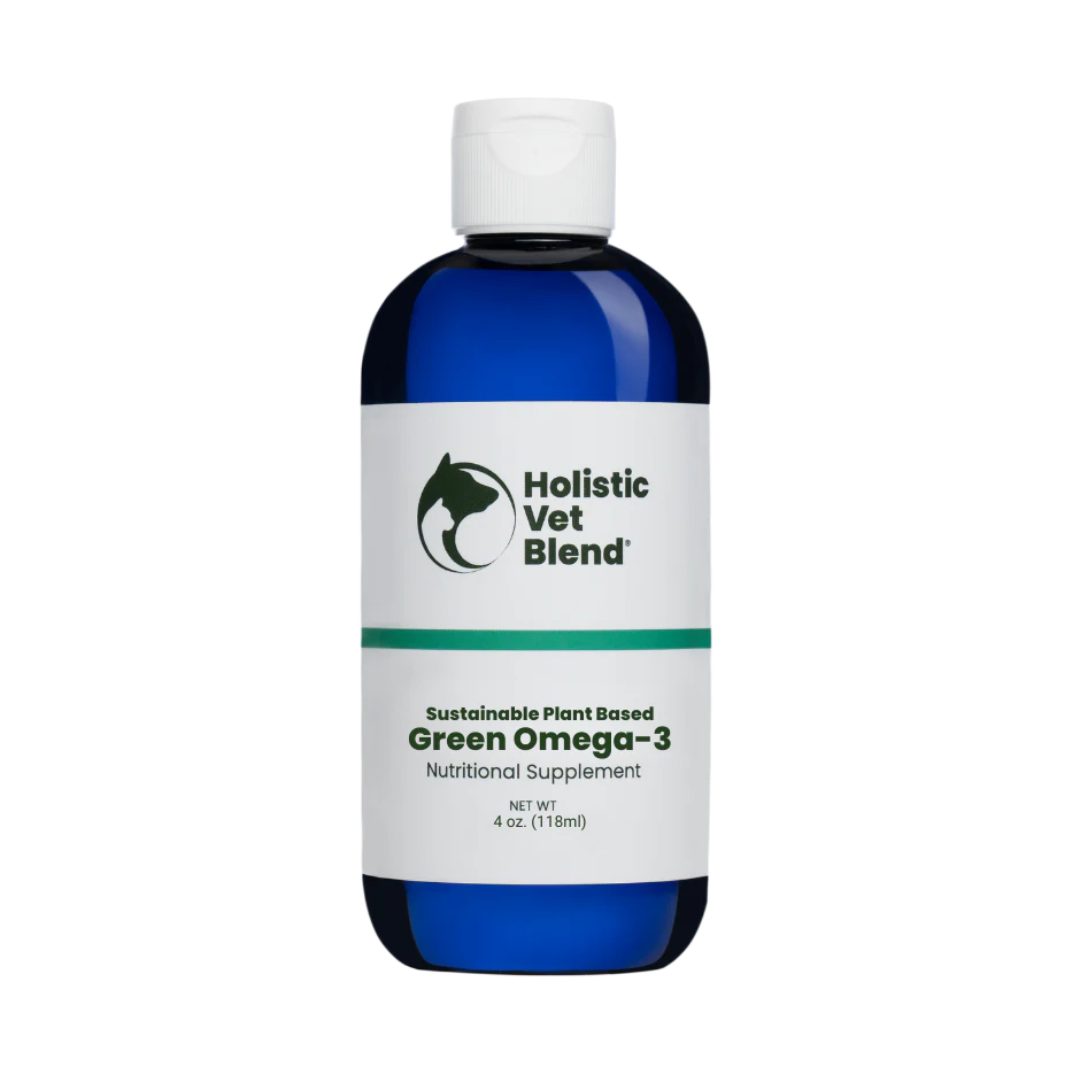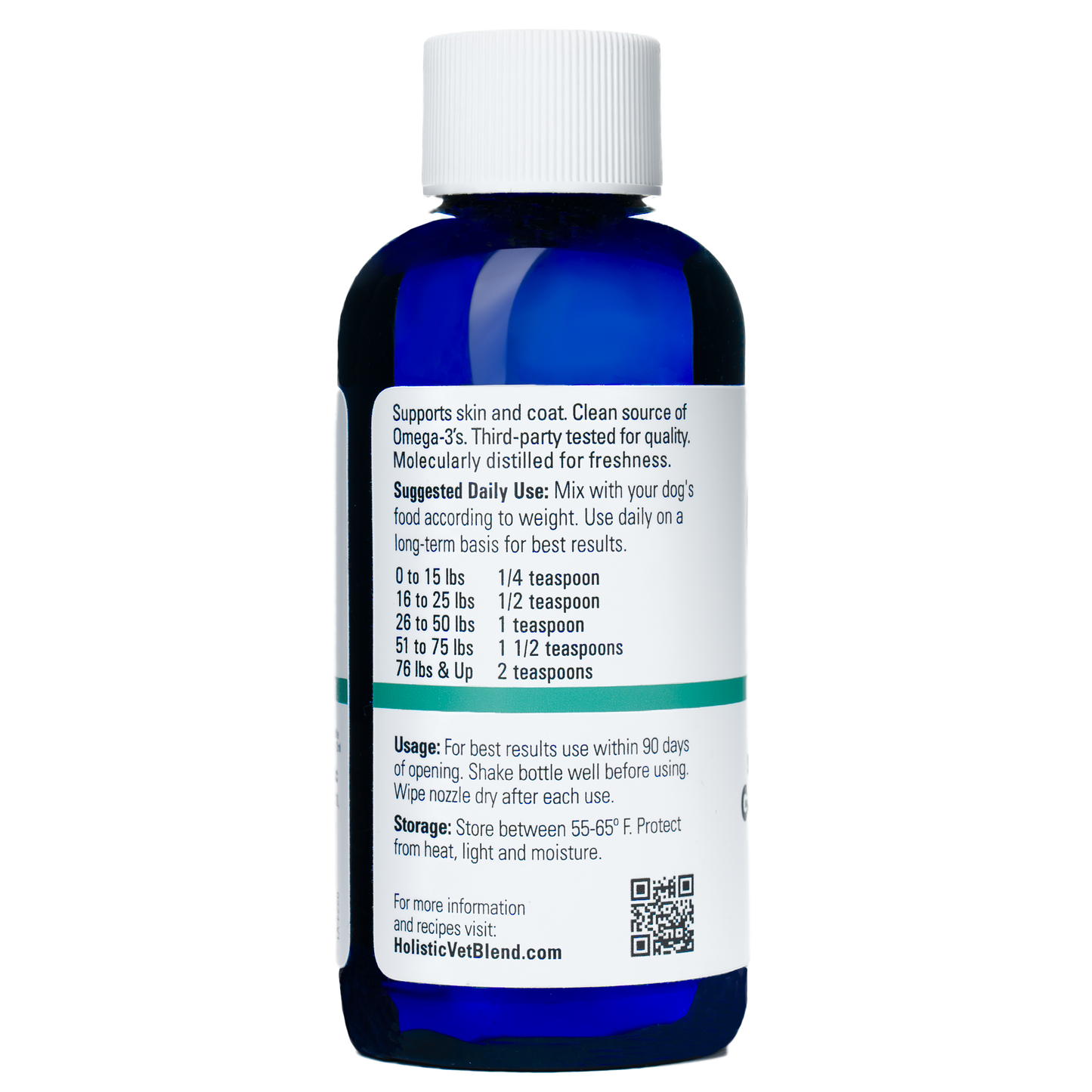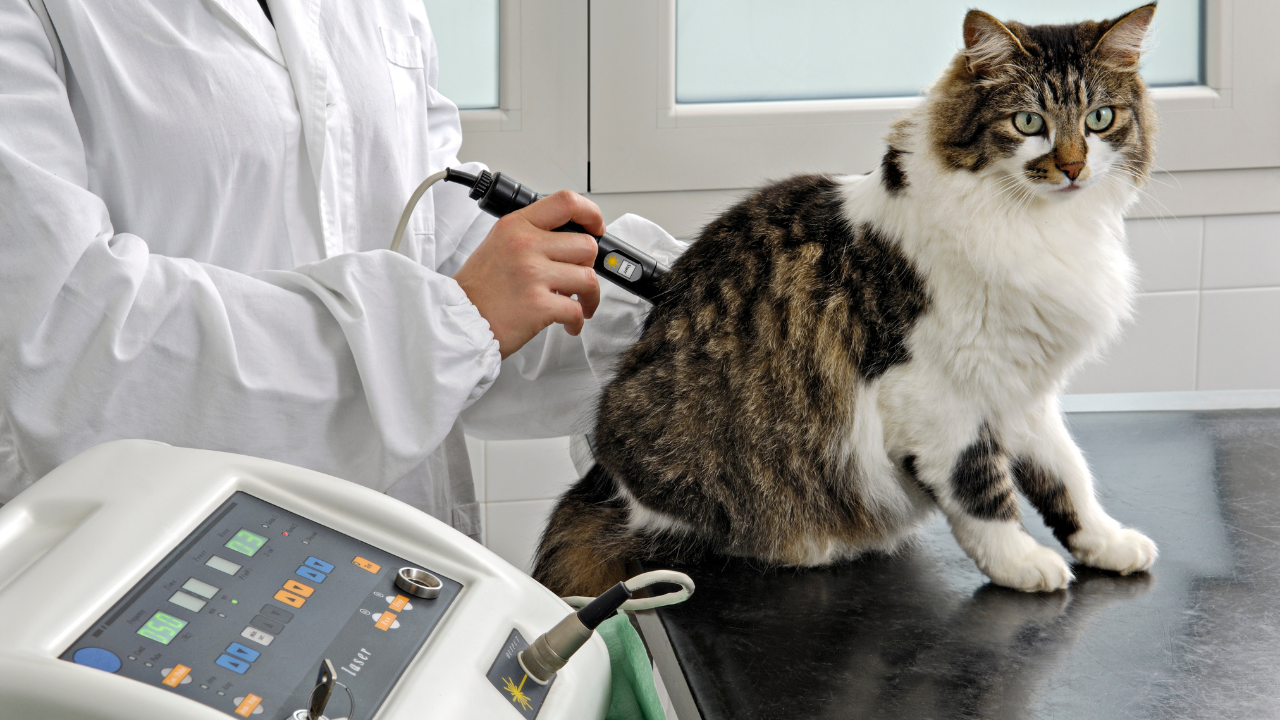
How does laser therapy benefit cats?
Laser therapy for cats offers a non-invasive approach to pain management and healing, reducing inflammation, promoting tissue repair, and relieving chronic conditions like arthritis. This therapy is gentle, noninvasive, and safe. It's an excellent way to increase comfort, enhance mobility, and improve quality of life.
Laser therapy for musculoskeletal ailments
When our cats are stressed and in pain or healing from injury or surgery it is helpful that we can turn to laser therapy to help them. It's painless and does not require injections or the need to give medication by mouth.
Cold laser therapy is particularly effective in managing arthritis pain in cats. Arthritis is common in older cats, leading to chronic pain and reduced mobility. A laser therapy sessions typically last between 5 to 20 minutes, depending on the severity of the condition and the area being treated with laser treatment. Most cats tolerate the procedure well, and many even find it relaxing. Sessions are usually conducted several times a week initially, with the frequency decreasing as the cat shows signs of improvement. However, for other one time laser therapy situations, such as wound care of ulcerations or infections, a single treatment lasting between 3 and 10 minutes may be recommended.
For more chronic or severe pain, a series of treatments may be necessary. This series of treatments, lasting between 3 and 10 minutes each, can significantly improve the overall quality of life for cats suffering from chronic low back pain, with the added benefit of additional treatment facilitating even more significant improvement. The length of the series will vary depending on the condition and response of the cat.
Kidney-sparing and safer than Medication for Older Animals
Chronic non-steroidal anti-inflammatory medications can tax older cats' kidney and liver function. Laser therapy is a way to ameliorate pain without compromising organ function.
Soft tissue, open wounds, ear infections and more
By stimulating healing at a cellular level, laser therapy is helpful in healing injuries and open wounds and speeding up recovery from ear infections.
Real-Life Success Story: Phoenix's Journey
Allow me to share a personal experience. My cat, Phoenix, was born with arthritis in his hips and had to undergo hip surgery, known as a femoral head ostectomy. Regular cold laser therapy has been instrumental in managing his pain post-surgery. We continue to do periodic cold laser treatments to his hip and low back area to maintain his comfort. He is back to climbing to the highest heights he can find in the household to survey his domain. Additionally, Phoenix benefits from a supplement containing chondroitin, glucosamine, green-lipped mussel, turmeric, and boswellia. These natural therapies have significantly improved his quality of life without taxing his kidneys or liver.
What is Cold Laser Therapy?
Cold or low-level laser therapy (LLLT) uses focused light to stimulate cellular repair and reduce inflammation. Unlike surgical lasers that cut tissue, cold lasers emit light at lower energy levels, penetrating the skin without causing damage. This light stimulates photobiomodulation, which enhances cellular function and promotes healing, making it a beneficial addition to various dental procedures such as extractions, root canals, and gum disease treatment.
Cat Care: How Cold Laser Therapy Works
Laser therapy works at the cellular level, activating the mitochondria, the energy powerhouse that powers repair and regeneration at the cellular level. Lasering a joint can
The mechanism behind cold laser therapy is fascinating. When the laser light penetrates the skin, it reaches the mitochondria within the cells. The mitochondria are often called the cell's "powerhouses" because they produce the energy needed for cellular functions. The light energy from the laser boosts the mitochondria's ability to produce ATP (adenosine triphosphate), the energy currency of cells. Increased ATP production accelerates the body's natural healing processes, reduces inflammation, and alleviates pain.
Benefits and Potential Contraindications of Veterinary Laser Therapy
Benefits:
- Pain Reduction: Cold laser therapy reduces pain by decreasing inflammation and promoting cellular repair.
- Improved Mobility: Cats with arthritis often show significant improvement in mobility after regular sessions.
- Non-Invasive: The procedure is non-surgical and involves no downtime.
- Minimal Side Effects: Unlike medications, cold laser therapy has minimal side effects and does not tax the liver or kidneys.
Potential Contraindications:
While cold laser therapy is generally safe, there are certain scenarios where it might not be suitable:
- Cats with cancerous tumors, as the therapy could potentially stimulate cancer cells.
- Pregnant cats should also avoid this treatment due to unknown effects on fetal development.
Laser Therapy for Cats Comprehensive List of Applications
Cold laser therapy isn't just for arthritis. Here are other conditions it can treat:
- Pain: acute or chronic pain of osteoarthrits
- Healing: Accelerates the healing process for cuts, abrasions, and surgical wounds.
- Dermatological Conditions: Effective for treating skin conditions like dermatitis and lick granulomas.
- Post-Surgery: Reduces pain and inflammation following surgical procedures.
- Feline Lower Urinary Tract Disease discomfort
Owners can expect to see improvements in their cats' conditions within a few sessions, although the exact timeline will vary depending on the severity of the condition and the individual cat.
How Laser Therapy for Cats with Arthritis Works
Cold laser therapy, also known as low-level laser therapy (LLLT), harnesses the power of light at specific wavelengths to stimulate cellular activity in the body. When a cold laser is applied to the skin, the light energy penetrates the tissue and interacts with cells. This interaction triggers various biological processes at a cellular level, including increased circulation, release of endorphins (natural painkillers), and reduction of inflammation.
One of the key mechanisms of cold laser therapy is its ability to promote tissue repair and reduce pain. The light energy from the laser enhances cellular metabolism, which can accelerate the healing process of damaged tissues. Additionally, the increased blood flow stimulated by the laser brings oxygen and nutrients to the affected area, aiding in tissue repair and reducing inflammation, which can contribute to pain relief in cats suffering from conditions like arthritis. Cold laser therapy also stimulates pain signal-blocking nerve cells and encourages the production of endorphins, naturally alleviating pain in cats.
Overall, cold laser therapy activates cellular processes that promote healing, reduce inflammation and alleviate pain in cats. By targeting specific areas of discomfort with precise doses of light energy from the therapeutic laser, cold laser therapy treatment offers a non-invasive and drug-free approach to managing pain in feline companions. This therapy stimulates cell regeneration and increases blood circulation, resulting in faster healing and improved overall well-being for your cat at an accelerated pace. The therapeutic laser is specially designed to admit deep-penetrating light to stimulate a chain of chemical reactions in the cells known as photobiostimulation, making it an effective treatment for a variety of conditions, including arthritis pain in cats. One of the ways it reduces pain is by promoting "vasodilation," or the opening of blood vessels, which improves blood flow and reduces inflammation. Additionally, it activates the lymphatic drainage system, further reducing inflammation and pain. The frequency of treatments for cold laser therapy treatment will vary depending on the specific condition being treated, so it is important to consult with a veterinarian to determine the appropriate treatment schedule for your cat. Our laser therapy sessions can be priced individually or as a package, offering a cost-effective way to provide your cat with the numerous benefits of laser therapy for cats. Call us today to schedule your cat's first laser therapy treatment and devise a sufficient laser treatment schedule for their specific condition.
Different Classes of Lasers and Why Red Light Therapy Alone is Not as Effective
It's important to understand that not all lasers are created equal. Cold laser therapy utilizes specific wavelengths of light that penetrate deeper into the tissue compared to red light therapy alone. The various classes of lasers differ in their power output and penetration depth.
Veterinary care: Not all lasers are effective for deep and painful conditions
Red light therapy that does not require goggles generally does not penetrate deep enough through tissue and fur to benefit many arthritic conditions. Class 3 and 4 lasers are considerably more expensive but more effective for many situations.
- Class I-III Lasers: Often used for surface-level treatments.
- Class IV Lasers: These high-powered lasers penetrate deeper tissues, making them more effective for conditions like arthritis.
While beneficial for some superficial conditions, red light therapy doesn't offer the same depth of penetration and cellular stimulation as cold laser therapy. Therefore, for deeper and more chronic issues like arthritis, cold laser therapy is the superior choice.
Can you do laser therapy for cats at home?
Some veterinarians rent laser units for home use and will train you how to use them. Check with a pet rehabilitation specialist to see if they have a recommendation. Also inquire and do your research if you buy your own that it would actually work to treat conditions other than superficial ones.
Factors effect treatment length, time of treatment, severity of the problem determine treatment protocol
Your veterinarian will determine the time and frequency needed for your pet's condition.
Conclusion
If your cat is struggling with arthritis or other chronic pain conditions, consider exploring cold laser therapy as a treatment option. And don't forget to check out our new product, Feline Mobility Plus. This supplement contains chondroitin, glucosamine, MSM, green-lipped mussel, boswellia, and turmeric, designed to offer comprehensive joint support for your beloved feline.

